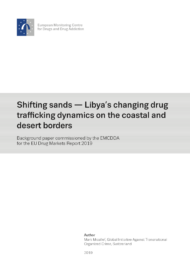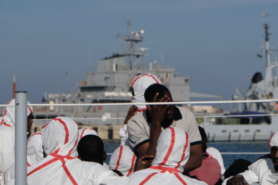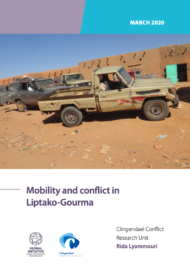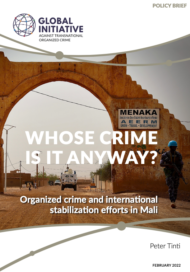Posted on 28 Nov 2019
This report provides an assessment of drug smuggling routes and dynamics in Libya and aims to establish areas for further in-depth research. It draws on a mixed-methods approach, which includes the analysis of relevant open-source data alongside data from interviews with a variety of key stakeholders in the region.
Libya’s smuggling and trafficking economies have been in a tumultuous state of flux since the 2011 revolution, and drug trafficking is no exception. The initial post-revolution period was characterised by changes that opened the door to new players, and even new markets, and led to a huge increase in the country’s internal consumption of illicit drugs, as well as to an expansion in its role as a transit point for drugs heading to Europe and countries neighbouring Libya.
The disruption caused by the revolution also reordered the control of this profitable criminal activity, in some cases resulting in wars between criminal actors, including several tribes. Much of this reorganisation was related to the involvement of armed groups in drug trafficking. Two concurrent and conflicting developments in drug trafficking have taken place in the past few years.




